DISSOLVE Dog Lipomas (Lumps): 5 Natural Remedies That Work!
![]()

5 Effective Remedies to Shrink Lipomas in Dogs and Cats
If your dog or cat has a fatty lump, commonly known as a lipoma, you might be wondering what you can do to help. Well, my dog Tula has one as well, and in this article, I’ll share my top five remedies that could potentially shrink that lipoma without surgery. These are natural, researched-backed options that I’ve found helpful in practice, and I encourage you to stick around for a new remedy I’ve recently discovered!
What is a Lipoma?
Lipomas are benign fatty growths that are relatively common, especially in dogs. But they’re not exclusive to dogs—cats and even people can develop them. Some people even have multiple lipomas, and birds like budgies can also be prone to them. These lumps usually occur on the chest wall, and for Tula, that’s where her lipoma is located.
When I first began practicing, I would simply tell clients that lipomas were benign fatty tumors that could be monitored. However, if they wanted to remove them, surgery was the only option. Over time, I’ve learned that there are alternatives to surgery that can help manage or shrink these lumps.
1. L-Carnitine: The Amino Acid That Targets Fat Cells
One study that caught my attention involved budgies (which are prone to lipomas). The researchers found that L-Carnitine, an amino acid, was highly effective in reducing body weight and shrinking lipomas. L-Carnitine plays a vital role in metabolism and muscle mass. While it’s often used in people and dogs for heart disease, it’s been shown to help break down fat cells and reduce lipomas.
For dogs, the standard dosage is 50 mg per kg of body weight, twice a day. Since Tula weighs 22 lbs (10 kg), she gets 500 mg twice daily. L-Carnitine is safe, well-tolerated, and targets fat metabolism, which can help shrink those fatty lumps.
2. Green Tea Extract: Boosting Metabolism to Burn Fat
Green tea extract is another powerful remedy to consider. Studies have shown that green tea extract can increase metabolic rate and target fat cells, even during rest. One of the key components in green tea extract, known as catechins, helps with fat oxidation, and this can be especially helpful when trying to shrink lipomas.
For Tula, I use a 400 mg capsule of green tea extract and give her 50 mg per 10 lbs of body weight daily. To make it easier, I cut open the capsule and sprinkle the powder onto her food. This remedy has been helpful for many dogs, and it’s worth considering for your furry friend.
3. Colostrum: Boosting Metabolism and Reducing Fat
Colostrum, the nutrient-rich milk produced by mammals immediately after birth, is another excellent supplement. It contains various nutrients that support the immune system and help coat and heal the intestinal tract. What’s more, colostrum has been found to increase metabolic rate, leading to muscle mass gain and fat reduction, including lipomas.
For dogs, the standard dosage is 100 mg of colostrum per 10 lbs of body weight daily. Tula, at 20 lbs, would need a half capsule of a 500 mg colostrum supplement once a day. If you’re looking for a safe, natural remedy to help manage your dog’s lipoma, colostrum is an option worth trying.
4. MCT Oil: A Ketogenic Fat for Increased Metabolism
MCT oil, which comes from coconut oil, is another interesting supplement to consider. MCT stands for medium-chain triglycerides, and it can be used as an alternative energy source for the body. When dogs consume MCT oil, it’s converted into ketones, which increase metabolic rate, muscle mass, and reduce fat.
For lipomas, I suggest starting with a half teaspoon of MCT oil per 20 lbs of body weight daily, and you can gradually increase it to one teaspoon per 20 lbs. It may take about four weeks of consistent use before you can assess its effectiveness in shrinking the lipoma.
5. Topical DMSO and Aloe Vera: A New Remedy to Try
Finally, there’s a new topical remedy that I’ve recently started using: a combination of DMSO (dimethyl sulfoxide) and aloe vera. DMSO penetrates the skin rapidly and can concentrate within the lipoma, causing an inflammatory reaction. This can trigger the immune system to target and shrink the lipoma. Aloe vera, with its soothing properties, is used alongside DMSO to help calm the skin.
To apply this remedy, I use about three to four drops of DMSO directly on the lipoma and follow it with a squirt of aloe vera. I rub it in gently with my fingers, being careful not to absorb too much of the DMSO myself. Apply this combination twice a day for the best results.
Conclusion: Natural Alternatives for Lipoma Treatment
There you have it—five remedies to help shrink your dog or cat’s lipoma without surgery. Whether you try L-Carnitine, green tea extract, colostrum, MCT oil, or the topical DMSO and aloe vera mix, these remedies are natural, safe, and may help reduce the size of the fatty lump.
If you’ve tried some of these remedies and they’ve worked for your pet, I’d love to hear about your experience. If not, don’t be discouraged—lipomas are common, and with time and patience, these treatments may help your furry friend.
Thanks for watching, and don’t forget to subscribe to Veterinary Secrets for more tips on natural pet health and wellness.
P.S. If you found this video helpful, click the link below to receive my free book on natural pet remedies!

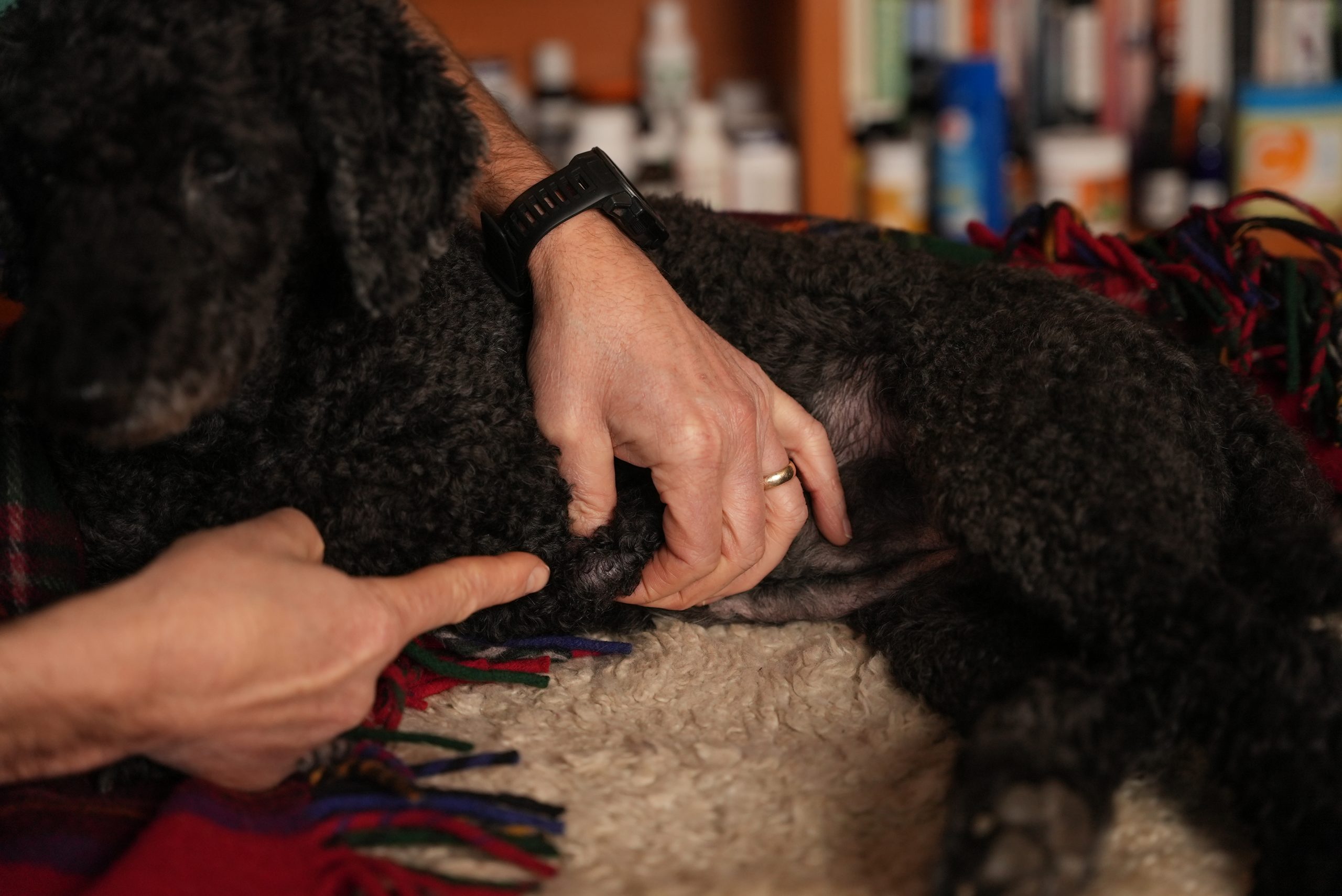
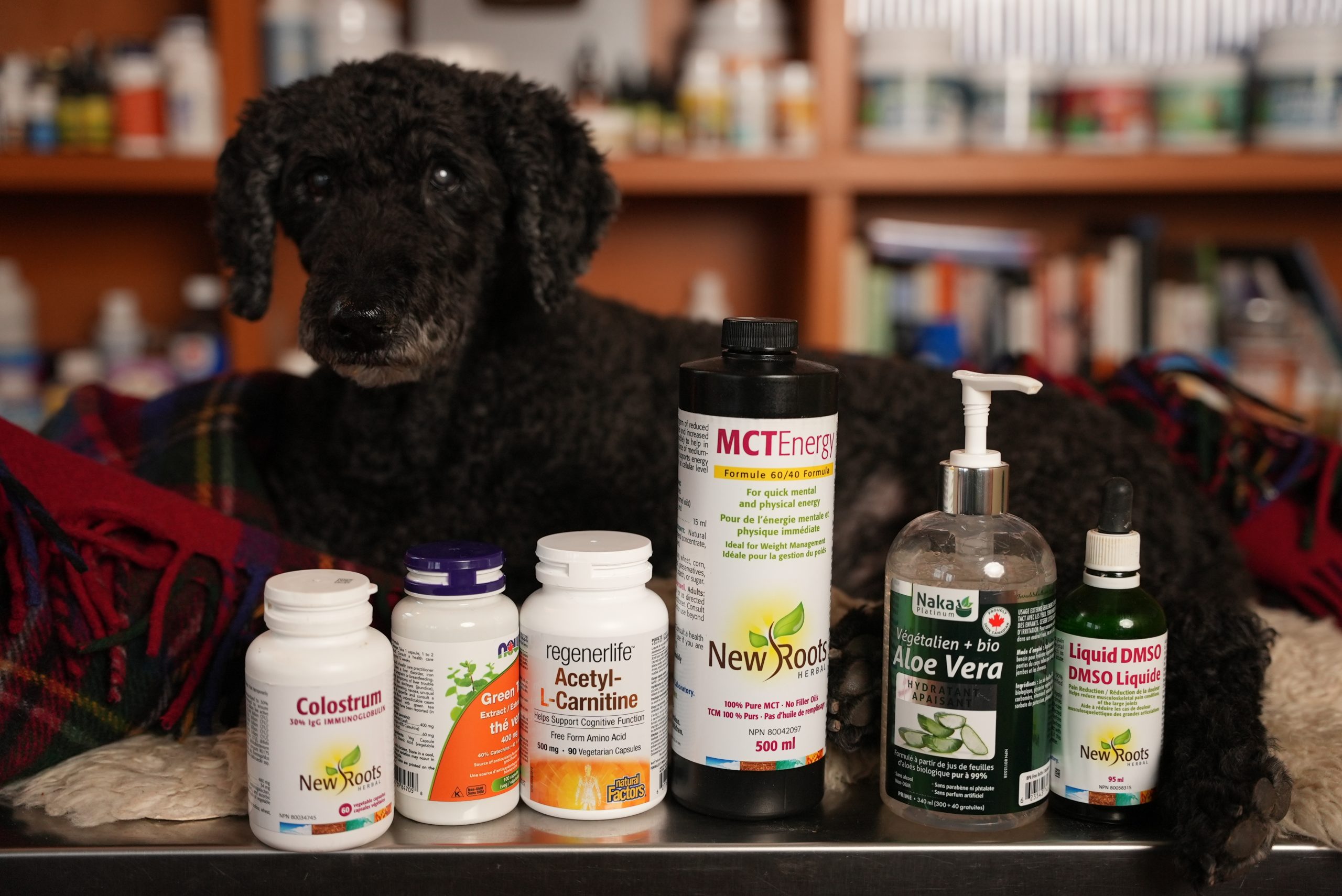
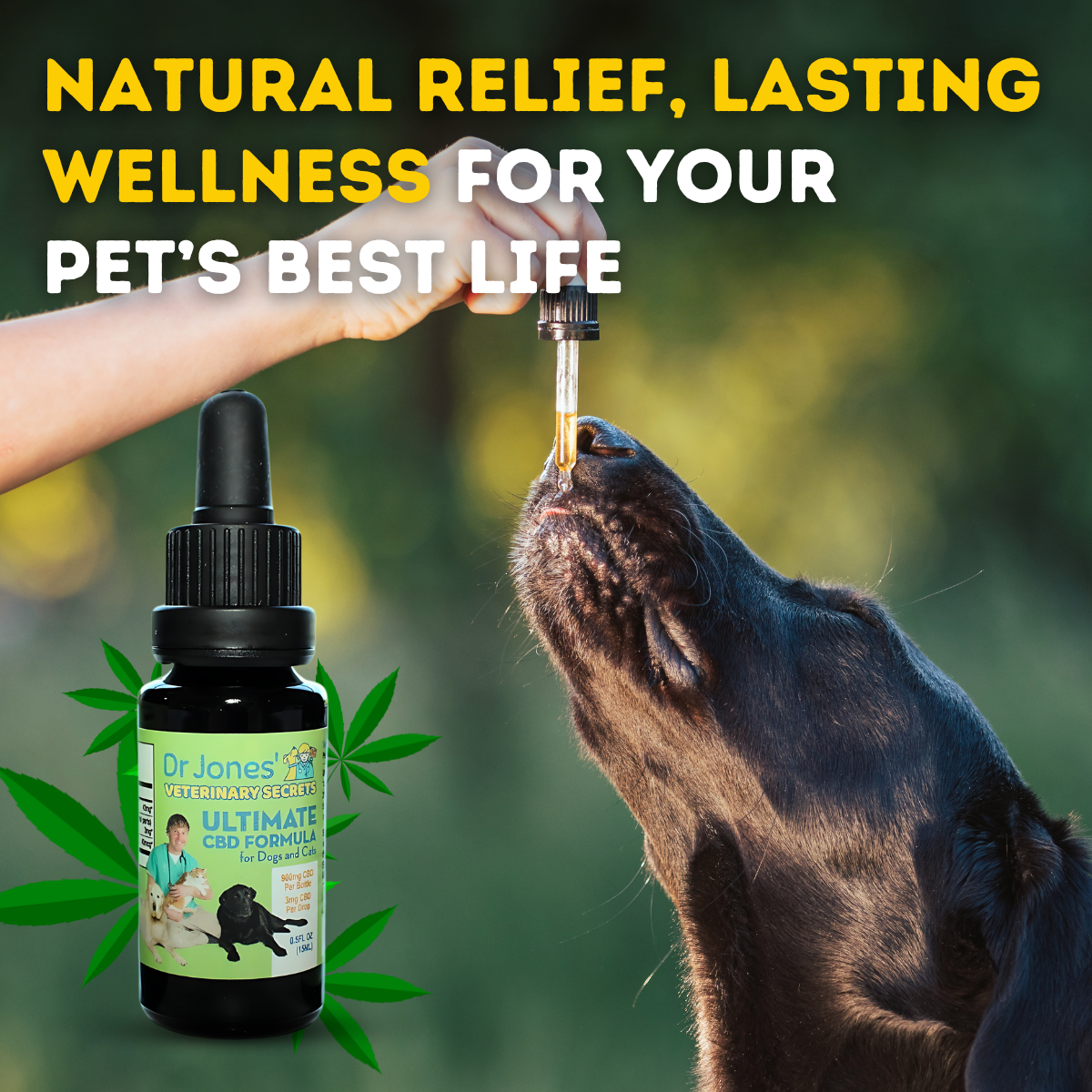
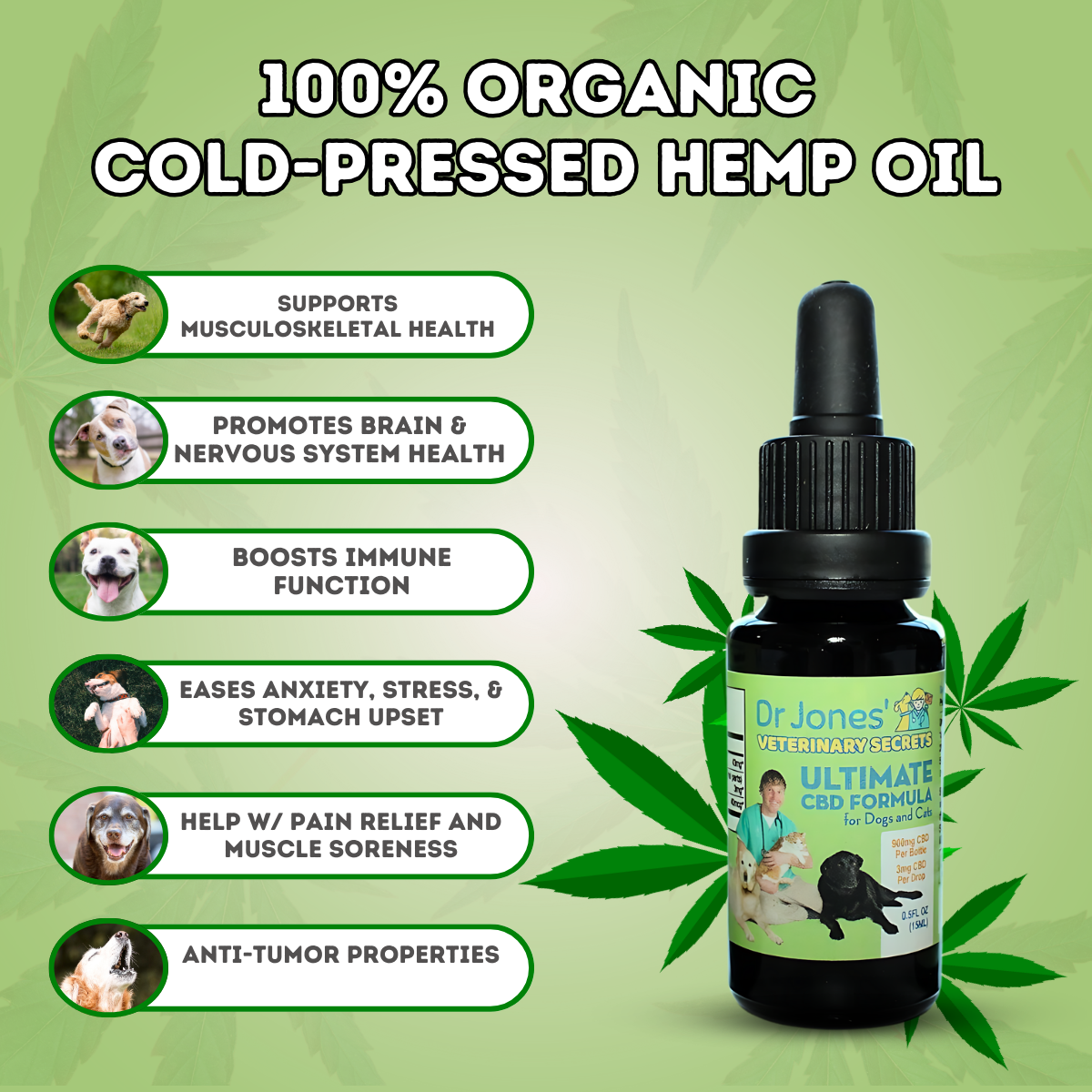
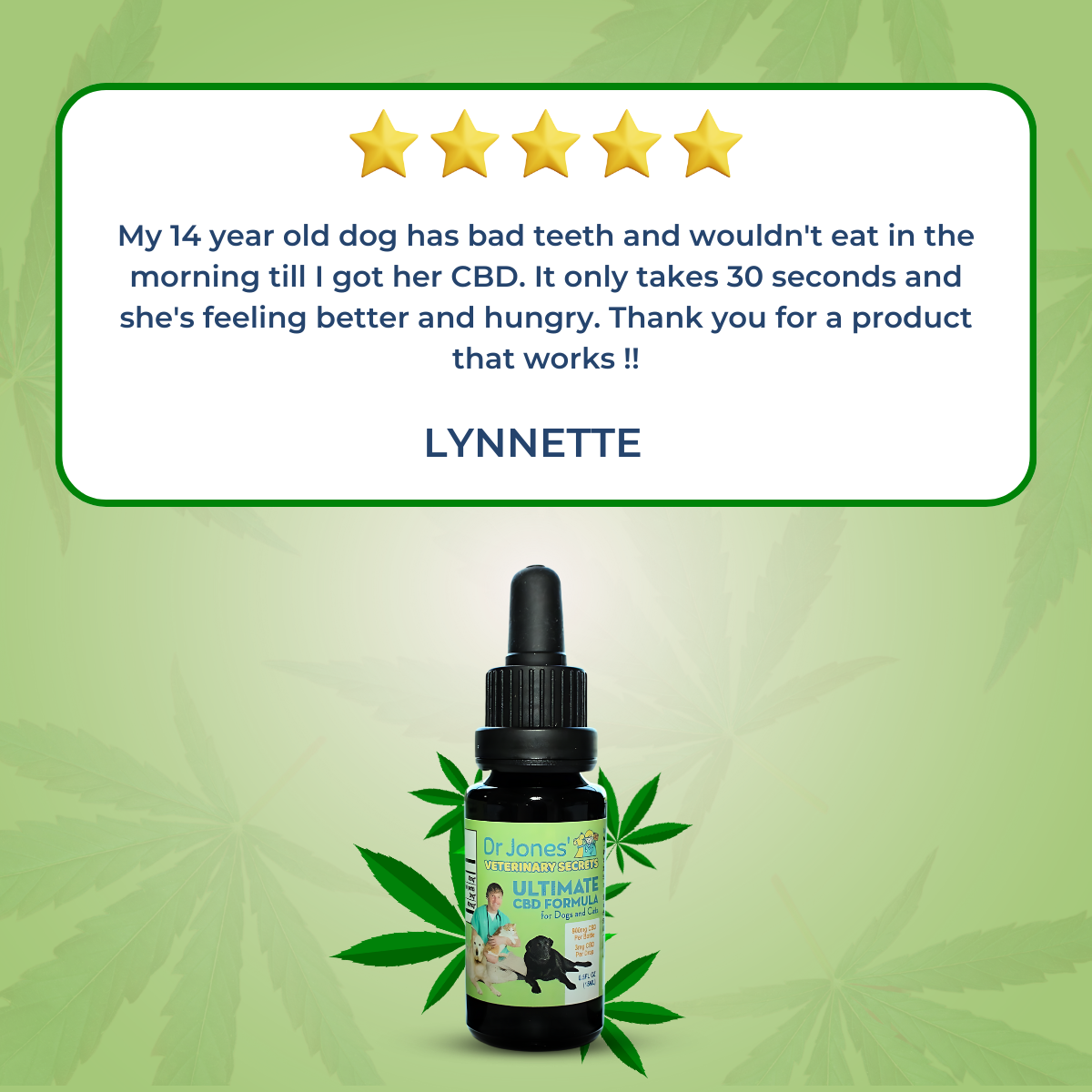
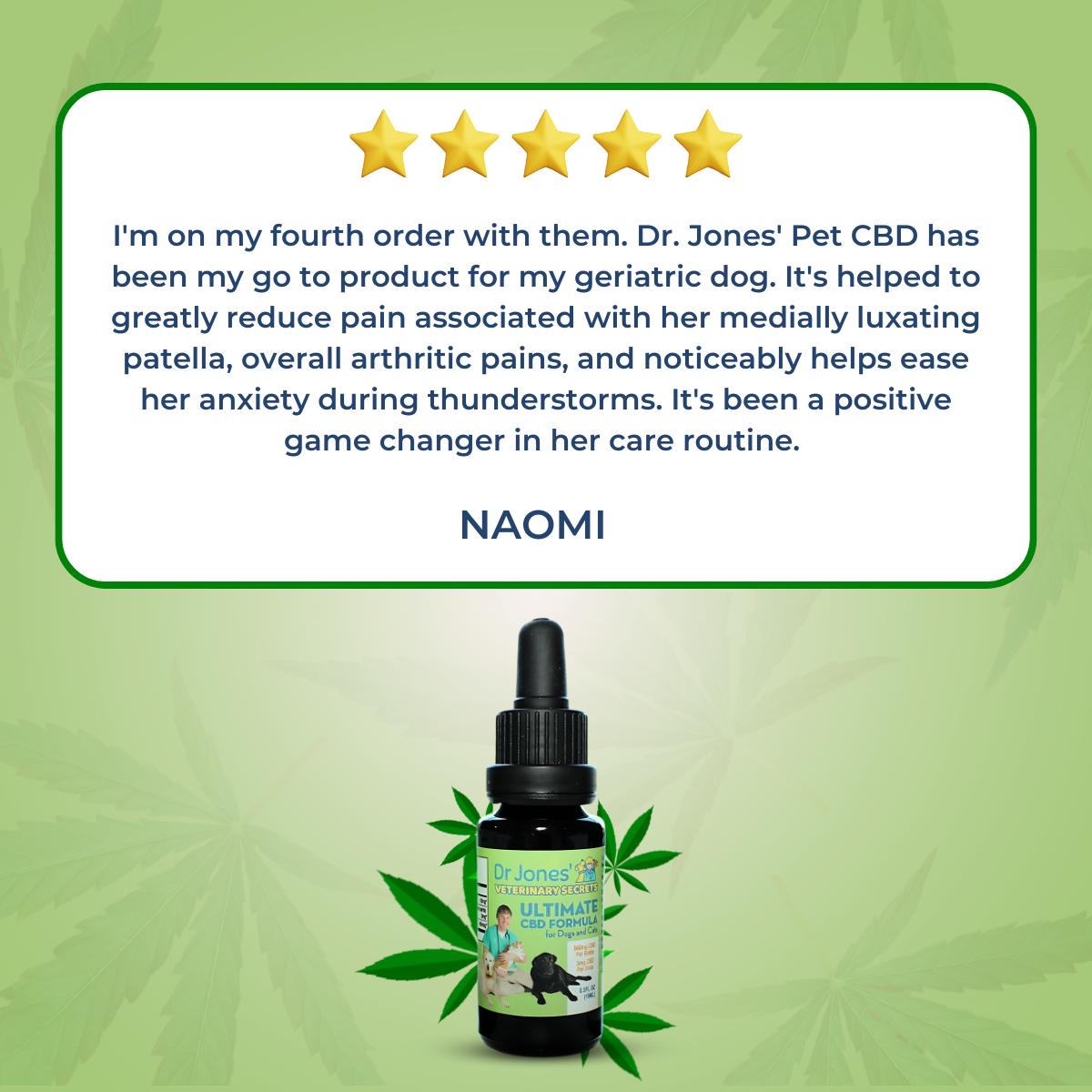
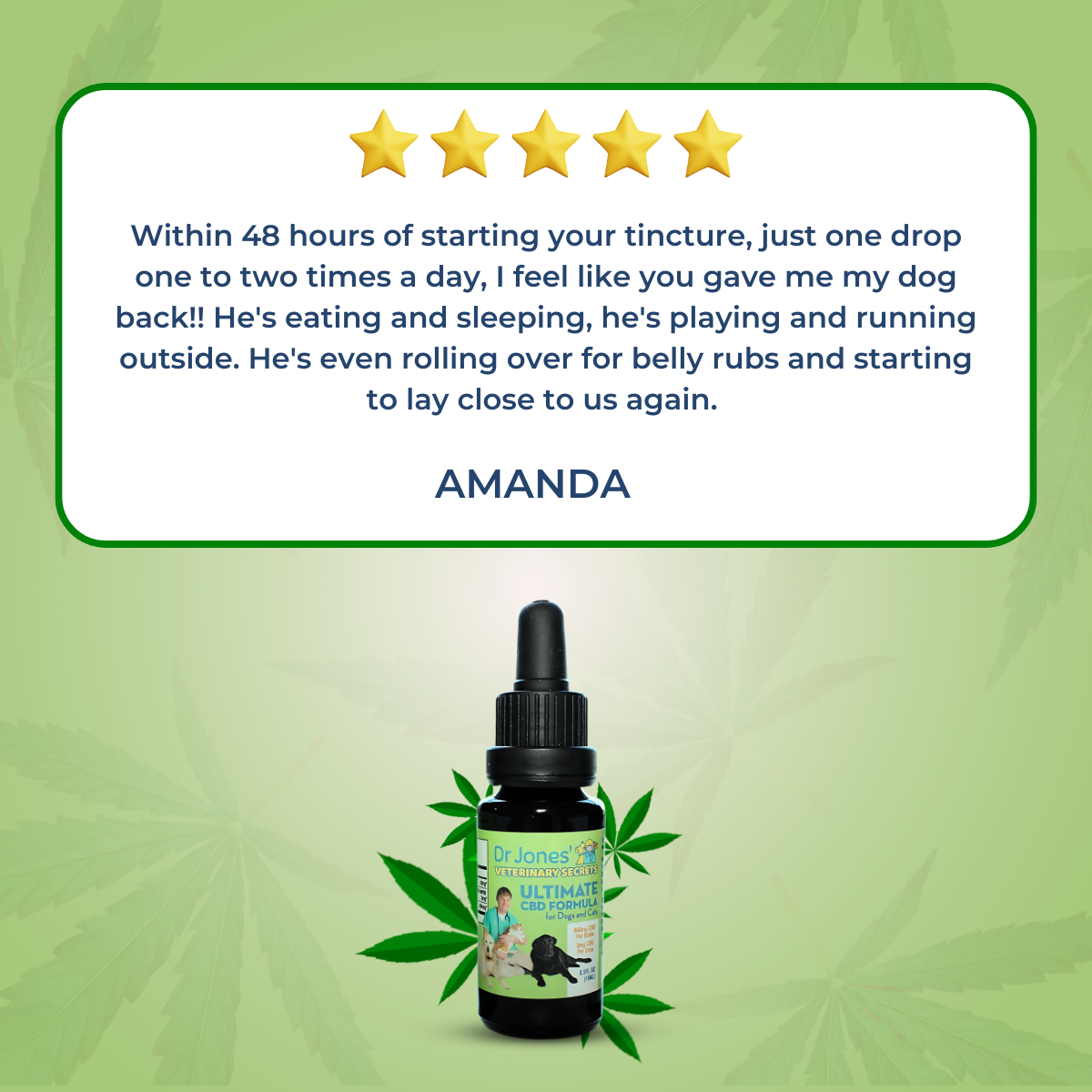
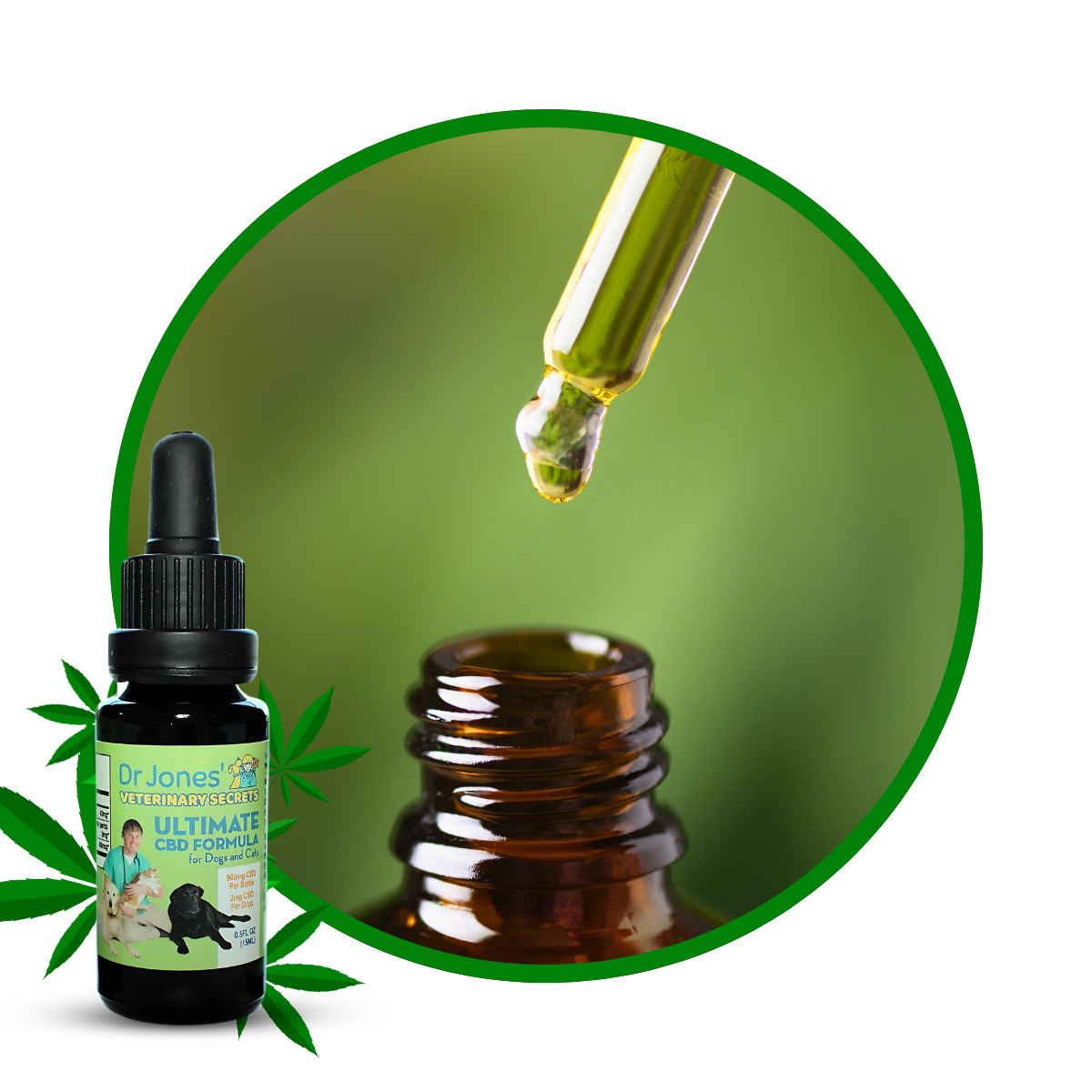
Hi. Is the caffeine in green tea extract safe for dogs, or is it important to look for a decaffeinated product?
Yes, choose the decaffeinated.
Hi Dr. Jones and team,
I just have a quick question about the DMSO. My cat has what I assume is a Lipoma on her neck. It is of the size of an chick bean and when I saw your youtube video on the topic I ordered DMSO Liquid and started the treatment 2 weeks ago. My question is, how long will the treatment approx. require for the best results? Thanks a lot in advance and all the best to you.
Hello, can you please tell me if you had good results using the DMSO and aloe vera? I just did my first treatment on my dog with the DMSO AND ALOE VERA on my chihuahua-terrier mix, and I wrapped up the actual site of the lipoma so my pooch can lick or scratch, etc. I really have high hopes because my dog is my son and part of my family. If anyone can comment on this, please let me know. Thank you so much Dr. Jones, you have given me a new hope!
The topical combination of Dimethyl sulfoxide (DMSO) + Aloe vera is presented as a possible remedy for dog lipomas.
I’ve read neem oil or castor oil but I have other dogs that will lick it off her and that’s not good…correct?. Its a rather large lipoma. What should I try first?
Yes, you’re right — neem oil or castor oil can be harmful if other dogs lick it off, so it’s best to avoid using them where licking is possible.
For a large lipoma, start with safe internal supports such as:
Omega-3 fatty acids (fish oil) to reduce inflammation
Turmeric/curcumin for natural anti-tumor support
Healthy weight management
Thank you for the article. Will any of these treatments work on humans?
Yes
I had received and started using Medihoney on Missy’s lesion. Verified benign and all that, it started growing at an exponential rate, located on her left wrist, the vet said it was gonna be an expensive surgery due to location and tendon stuff. I had to open it, as it was straining the skin looking like a giant zit with a red top. I’ll be tormenting via telephone on Monday, and just doing a “shot across the bow” to see if anyone’s working the weekend! gonna look at your book now and thanks so much!
Johnny
Thank you but Lilly had surgery to remove them but they seems to be multiplying.
She also have Cushins hyper calcimia and pancreatitis.
She had surgery to remove her lymph node that was causing her hypo calcimia.
She is 25 1/2 yrs now and is showing a cloudy need in her both eyes.
She is all I have now as I lost my hubby 2 wks ago but do not want her to suffer.
Thank you for your info.
I’m so sorry for everything you and Lilly are facing, especially after losing your husband. At her age and with conditions like Cushing’s, pancreatitis, and recurring growths, it’s common for new issues to appear even after surgery. The cloudy eyes are usually age-related and not painful, but the main focus now should be keeping her comfortable, eating, hydrated, and free from pain or distress. Your vet can help you monitor whether she still has good quality of life—enjoying food, interacting with you, resting comfortably, and not struggling to breathe or move. You’re clearly taking loving care of her, and staying focused on comfort is the kindest thing you can do.